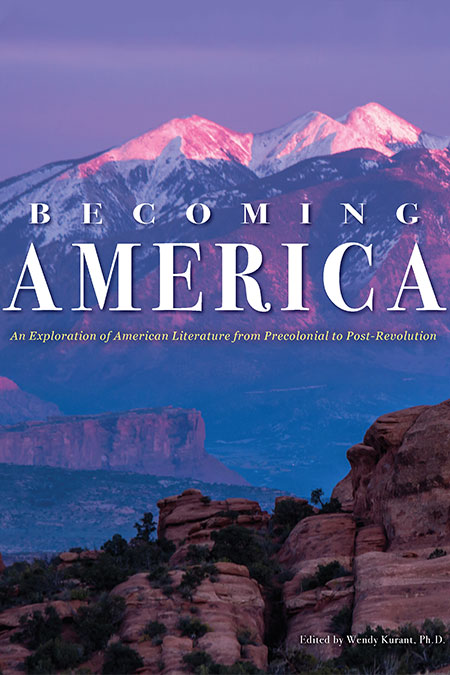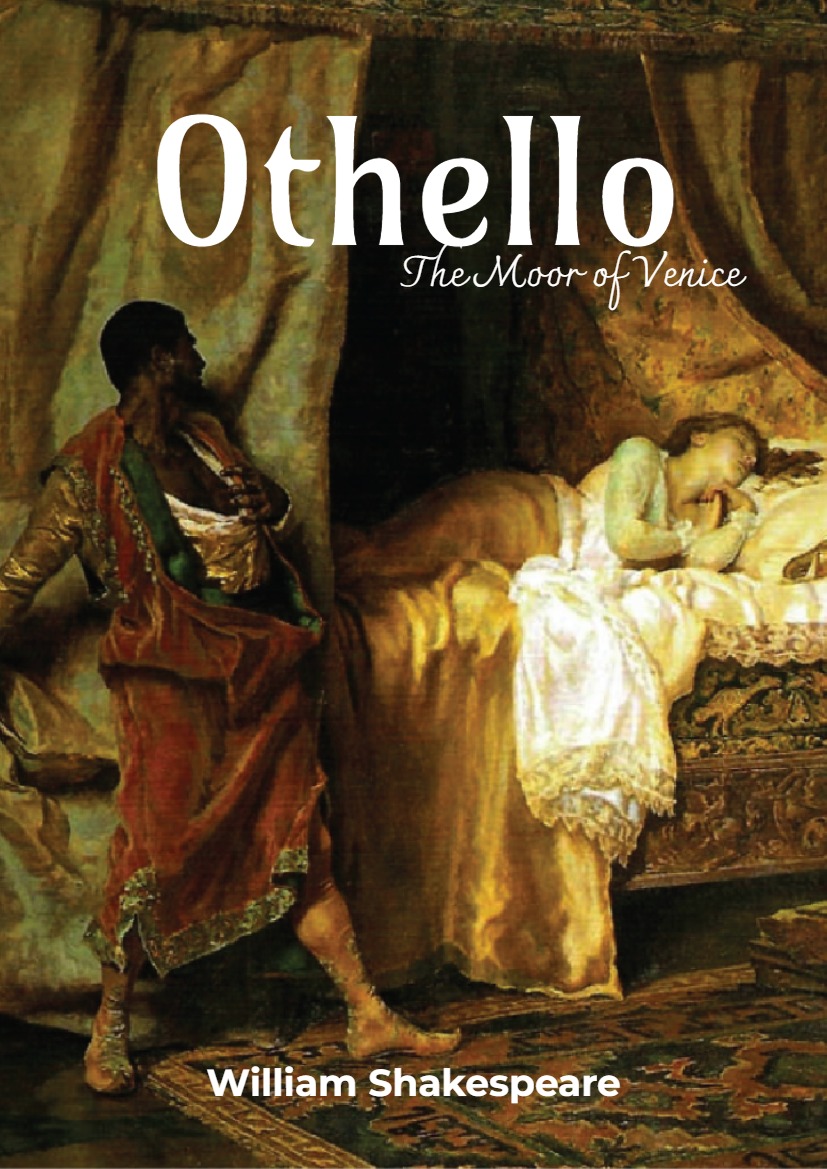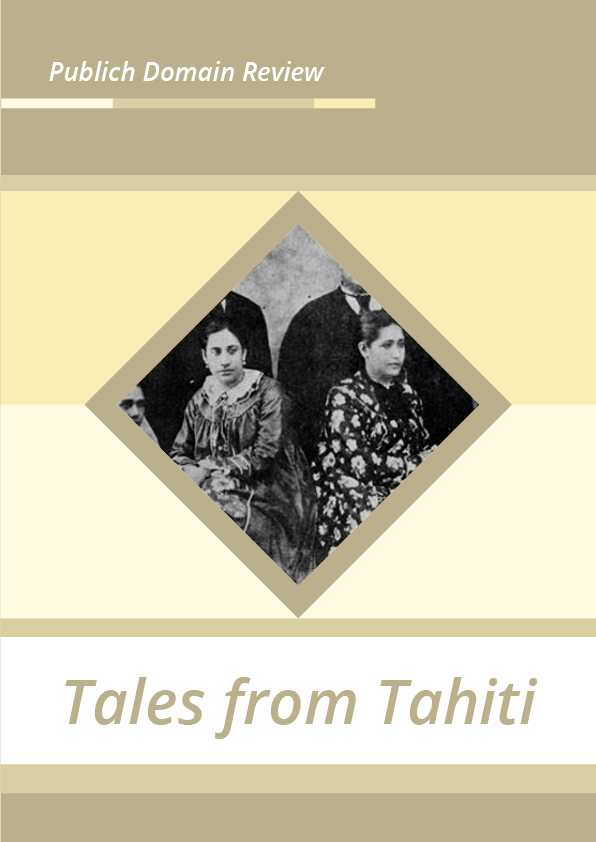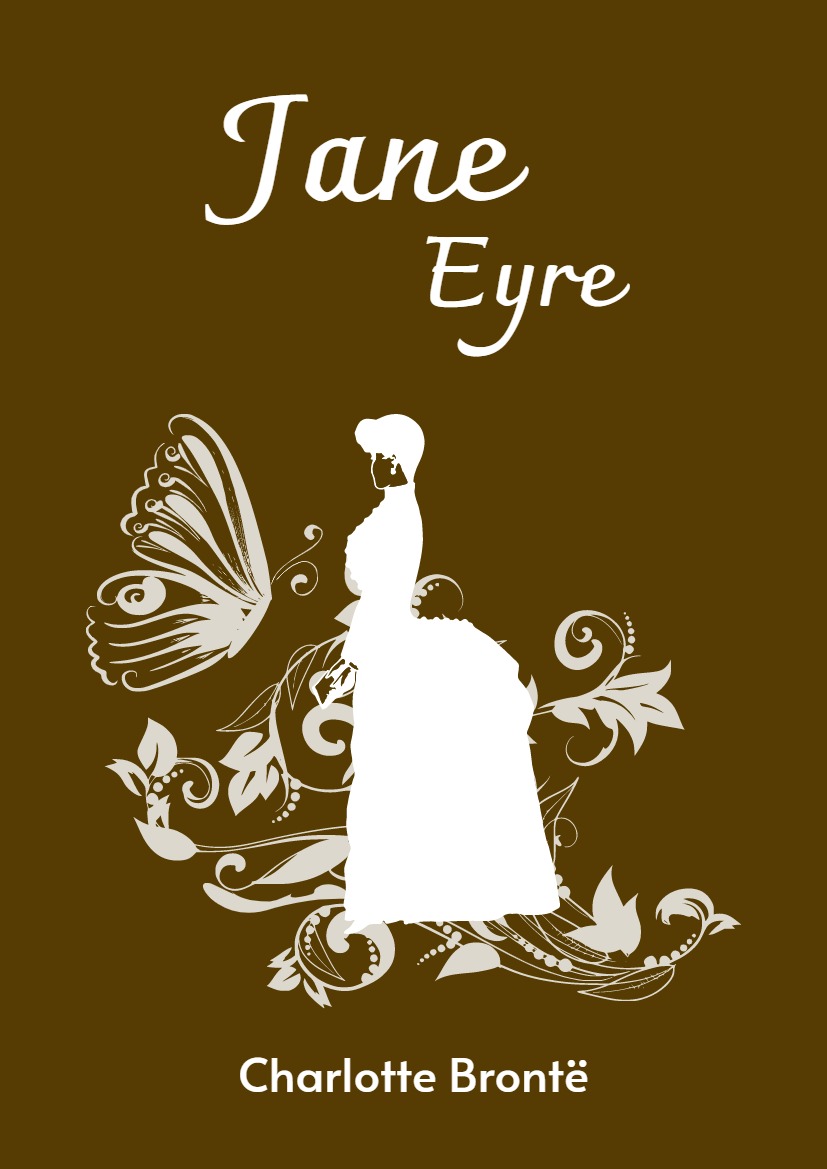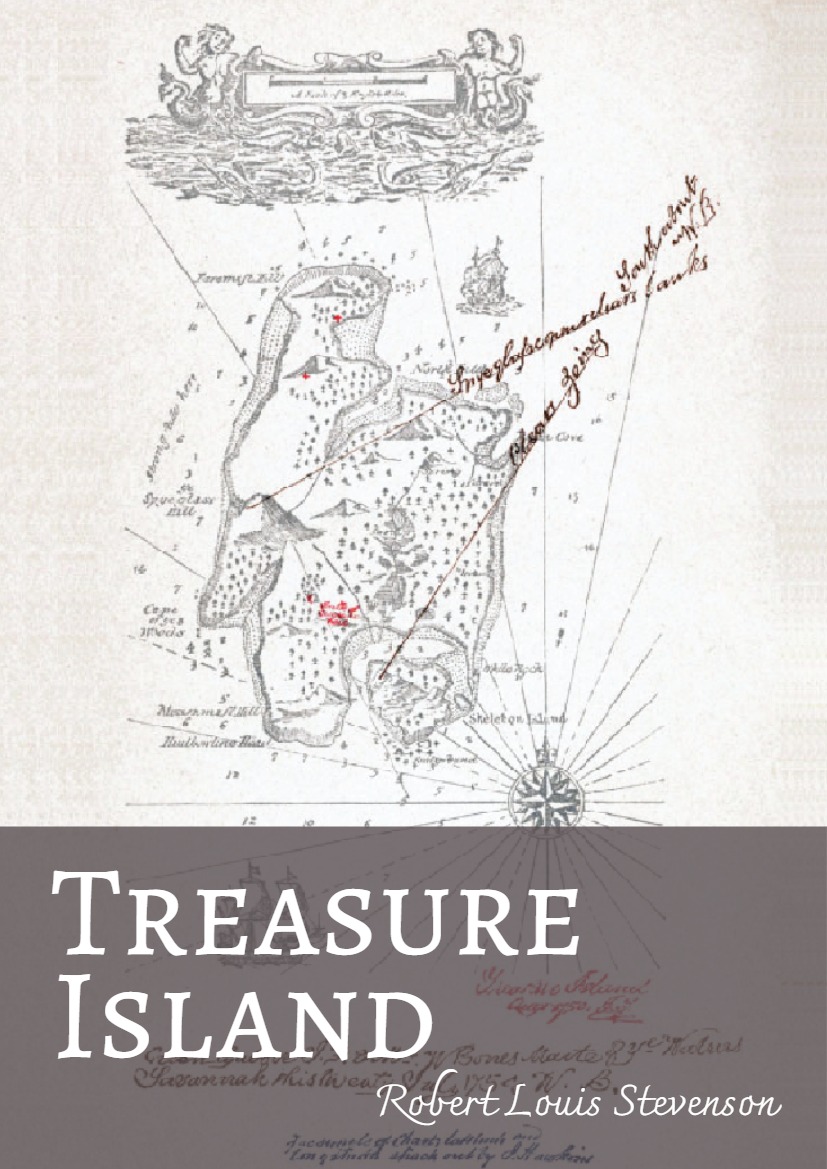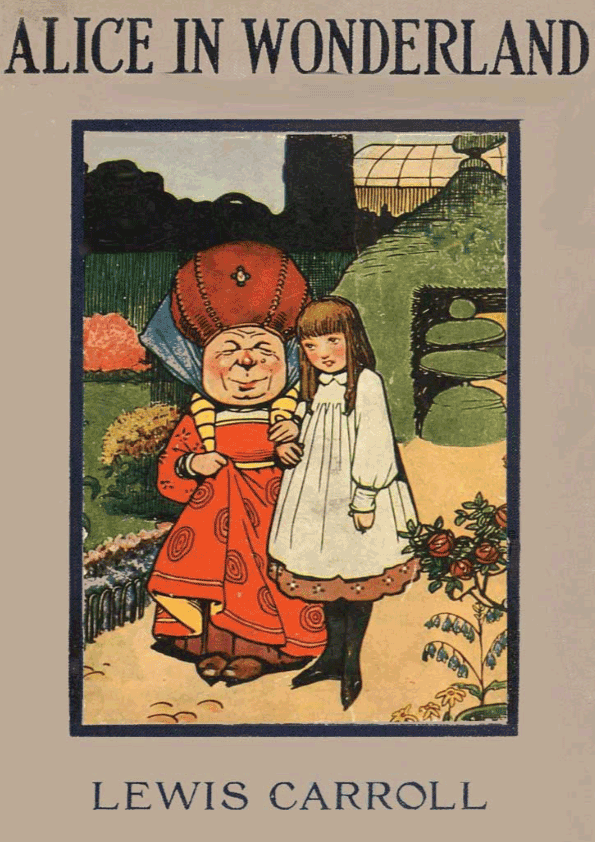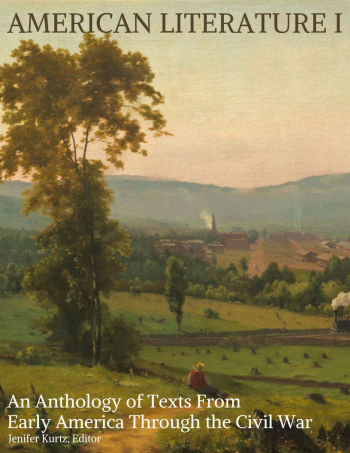Pre and Early Colonial Literature
LEARNING OUTCOMES
After reading this chapter, students will be able to
- Categorize the types of Native American tales and their contribution to their respective tribes’ cultures.
- Identify significant tropes and motifs of movement in Native American creation stories.
- Identify the cultural characteristics of Native American creation, trickster, and first contact stories distinct from European cultural characteristics.
- Identify elements of trickster stories.
- Understand how the search for the Westward passage to Asia led to the European discovery of the Americas.
- Understand how the search for commodities led to territorial appropriation of North American land by various European countries.
- Understand the role religion played in European settlement in North America.
- Understand how their intended audience and purpose affected the content and tone of European exploration accounts.
INTRODUCTION
Native American Accounts
It is well to bear in mind that the selections here should not be understood as representative of Native American culture as a whole. There are thousands of different Native American tribes, all with distinct practices. It would not be possible in the space of a typical anthology to represent just the tribes with whom the colonists had the most contact during the early years of European settlement, or even to say with any precision exactly how many tribes the colonists did interact with since European colonists were often unable to distinguish among different tribes. Additionally, we must realize that these works come to us with omissions and mediations. Many Native American tales are performative as well as oral—the meanings of the words supplemented by expressions, movements, and shared cultural assumptions—and so the words alone do not represent their full significance. That being said, the examples of Native American accounts that follow give us some starting points to consider the different ways in which cultures explain themselves to themselves.
First among a culture’s stories are the tales of how the earth was created and how its geographical features and peoples came to be. The Native American creation stories collected here demonstrate two significant tropes within Native American creation stories: the Earth Diver story and the Emergence story. Earth Diver stories often begin with a pregnant female falling from a sky world into a watery world, such as the ones here from the Haudenosaunee (Iroquois) people of the eastern United States and from the Cherokee people from the southern United States. Various animals then work together to create dry land so that the woman may give birth there, starting the process of creating the familiar world and its population. With Emergence stories, here represented by the Zuni creation story, animals and people emerge from within the earth, a distinction from the Earth Diver story that is likely connected to the topography familiar to this tribe from the southwestern United States. Creation stories feature a “culture hero,” an extraordinary being who is instrumental in shaping the world in its current form. Other examples in addition to the works here are the Wampanoag culture hero Moshup or Maushop, a giant who shared his meals of whale with the tribe and created the island of Nantucket out of tobacco ash, and Masaw, the Hopi skeleton man and Lord of the Dead who helped the tribe by teaching them agriculture in life and caring for them in death. Some creation tales show similarities to Judeo‑Christian theology and suggest parallel development or European influence, quite possible since many of these stories were not put into writing until the nineteenth and twentieth centuries….
